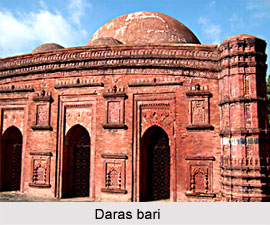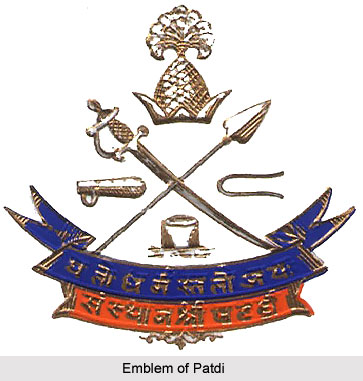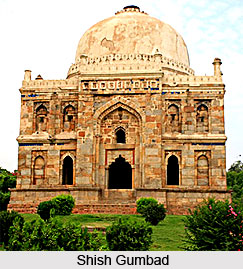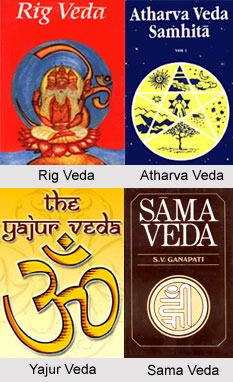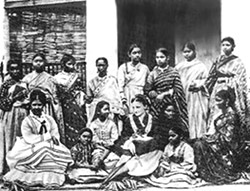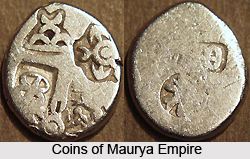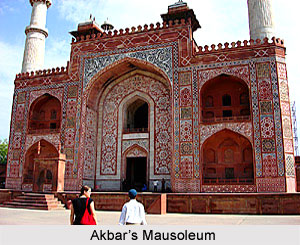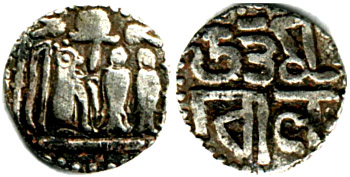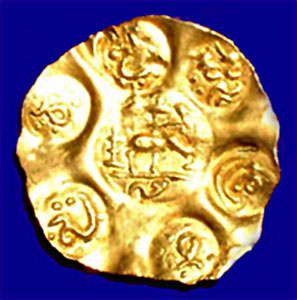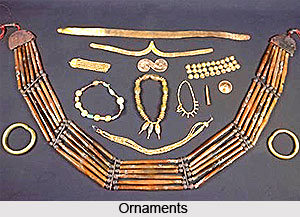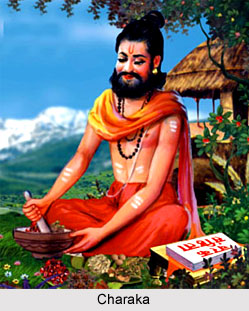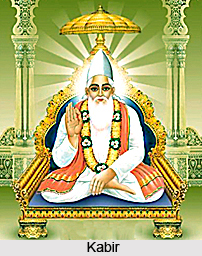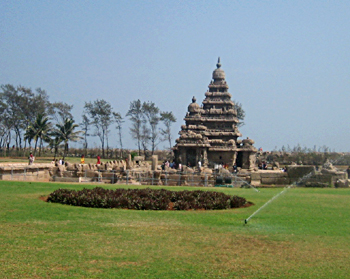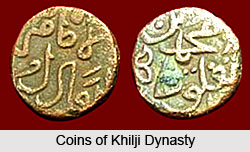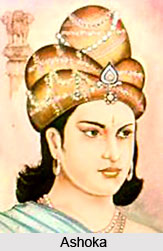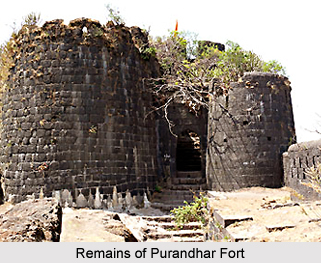 Battle for Purandhar Fort was a major strong for Shivaji and his forces. The Marathas against the representative of the Mughal Dynasty fought Purandhar. Aurangzeb, who grew increasingly fearful of Shivaji`s victories and his rapid progress constantly, intervened in his movements. This continued to be a cause of great annoyance to the Maratha leader, and the relationship between the two was rather strained.
Battle for Purandhar Fort was a major strong for Shivaji and his forces. The Marathas against the representative of the Mughal Dynasty fought Purandhar. Aurangzeb, who grew increasingly fearful of Shivaji`s victories and his rapid progress constantly, intervened in his movements. This continued to be a cause of great annoyance to the Maratha leader, and the relationship between the two was rather strained.
The Mughal emperor arranged to send out two of his best generals to the south with the most modern armour the Mughals could lay their hands on. One of the generals was a Rajput, Raja Jay Singh; the other Diler Khan. Aurangzeb chose a Rajput and a Mughal so that the one would act as a check on the other. Of the two, Jay Singh was more renowned in battle, but he was a Rajput and while Aurangzeb used him to command his forces, he felt he could never trust this tribe of Hindus as much as he trusted his own co-religionists.
In February 1665, Jay Singh and Diler Khan, at the head of a large Mughal force, crossed the Narmada River, while Shivaji was still engaged in mopping-up operations on the Konkan coast. The Mughal generals moved fast. They soon arrived at Aurangabad, which they made their headquarters for the operation against Shivaji. Diler Khan turned his attention to Purandar and Jay Singh moved his main army to attack Sinhagarh fort while lesser forces under his command were moving against Rajgad and Lohagad.
According to Diler Khan`s plan, he was to lay siege to Purandhar, which was then guarded by Murar Baji, the Maratha Governor. But, laying siege to Shivaji`s well-guarded possessions was not so easy, for the methods which Shivaji`s men adopted in defence were similar to those they used in attack. The method was always the same, namely to have short and quick engagements with the enemy rather than to face him in pitched battle. The secret of Shivaji`s success was that he adopted the methods of guerilla warfare and his men followed his example even when attacked at Purandhar. With his modest garrison of 2,000 Mavalis and Hetkaris, Murar Baji staved off the Mughal attack. He blocked every point of approach by sending out parties of stragglers whose tactics were to nibble at the Mughal forces rather than to face them four squares.
Diler Khan was adamant in carrying out his plan. Determined to destroy this Maratha fortress, he decided to use gunpowder to mine the main rock on which the lower fort of Purandhar was built. He succeeded in doing this, but his follow through was resisted by the Mavalis. The Maratha troops opened fire on their attackers from the upper fort and a fierce and desperate battle ensued. The Mughals charged with Pathans and Afghans, with Diler Khan himself, mounted on an elephant, directing the operation. The battle for Purandhar fort ended in a hand-to-hand fight between the soldiers of Shivaji and those of the Emperor. At one stage Murar Baji came so close to Diler Khan that they were even exchanging verbal threats at close quarters. Murar Baji, deprived of his shield in battle, was struggling to strike at Diler Khan with his naked sword. However, Diler Khan, realising the desperateness of the situation, shot at Murar Baji with his bow and arrow. The arrow killed the Maratha Governor and as he died, his scattered forces retreated to the upper fort and closed the gates.
Timely assistance, however, came to the besieged garrison from Shivaji, who sent out an extra force, which announced its arrival with trumpets and war drums. This Mughals had not anticipated and, taken by surprise by the reinforcements, which Shivaji had sent, Diler Khan lost the early advantage, which he had gained. But the Mughal commander remained undaunted. The battle continued, but the forces of nature came to the assistance of Shivaji, for the monsoon rains broke over the battleground which greatly dislocated Diler Khan`s plans and disarrayed his forces. It was soon realised by Diler Khan that the battle was merely leading to the loss of life without any progress being made towards the capture of the fort. Negotiations were thus renewed with Shivaji and a personal meeting was arranged between the Maratha and the Rajputs. Thus peace was restored by means of a peace mission between the Marathas and the representative of the Mughals.
On the appointed day the peace mission to Jay Singh was led by Shivaji himself, riding on an elephant, with his retinue of followers gaily and gaudily dressed for the occasion. Shivaji was on his way to Jay Singh`s camp and he took with him his old envoy, Raghunath Pant, and his most trusted Mavali followers. It was safer to be well escorted even on this mission of peace to a Rajput for no one could be relied upon in those days.
There followed an exchange of courtesies. Shivaji first banqueted Jay Singh and Diler Khan and other chiefs of the Mughal forces. Then the Mughals returned Shivaji`s hospitality with equal sumptuousness and grace. Some sort of armistice was concluded even though it turned out to be temporary. Admittedly, Shivaji had to make concessions to win the friendship of the Mughals. He agreed to relinquish twenty of the mirty-two forts he had taken. The Mughals agreed to leave him the other twelve, together with the territory adjoining the forts. Annual revenue often lakhs of rupees was conceded to Shivaji but the rest of the bequests that were to be made to the Maratha were left to be decided upon by the Emperor himself. Shivaji also agreed to provide a military force, which would be available for service to the Emperor, but it was understood that all these tentative arrangements made between the Maratha and the Emperor`s commanders were to be ratified by the Emperor. Compliments flowed from both sides, each extolling the greatness of the other and there was a brief lull in the Deccan, which had for so long been seething with battle.


